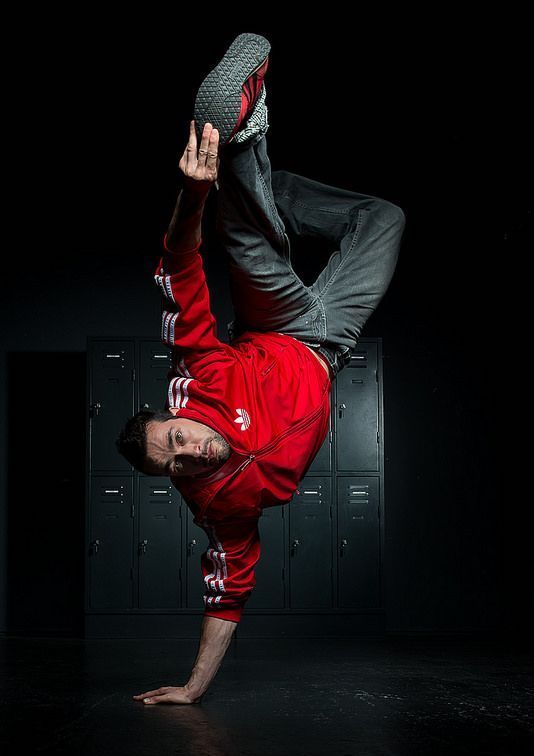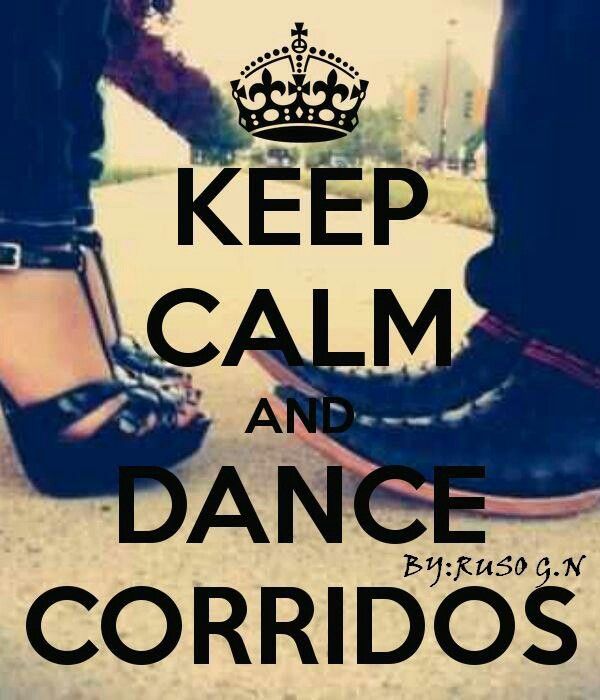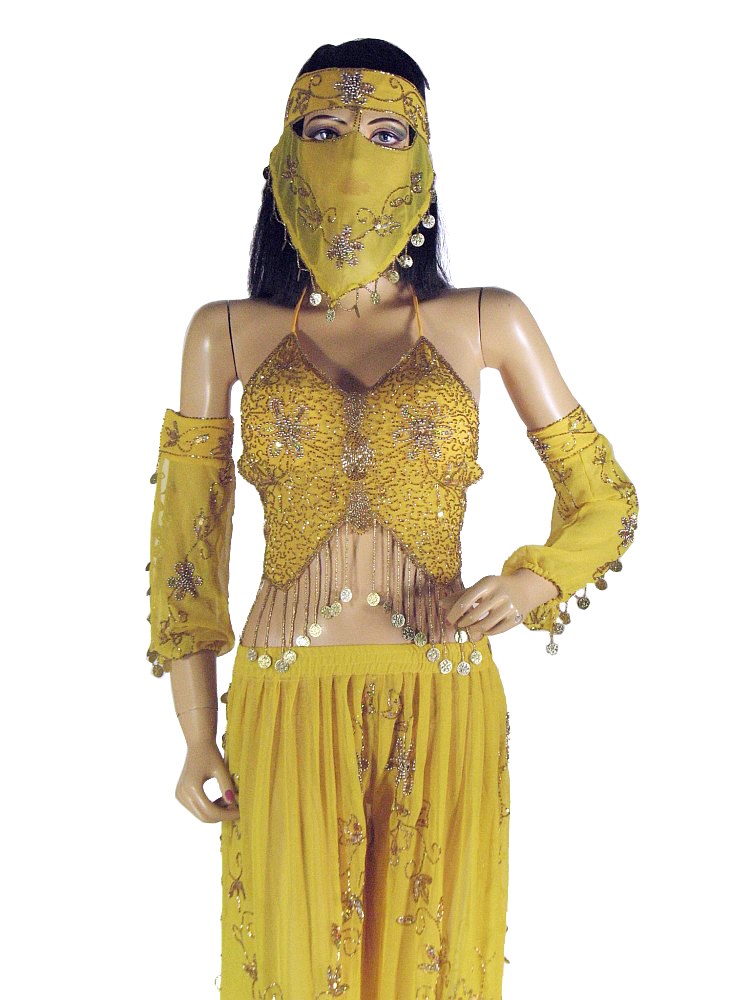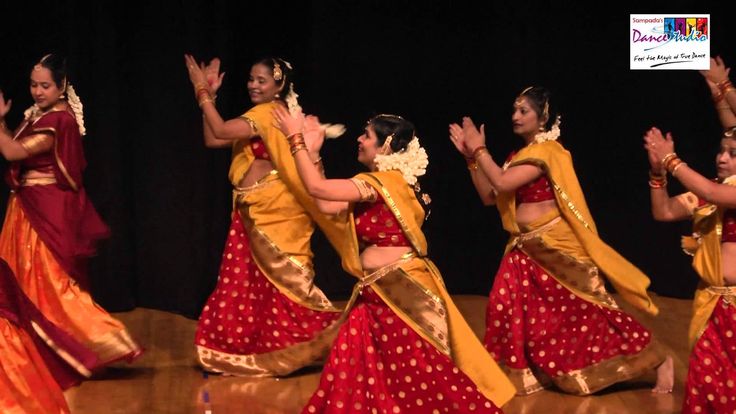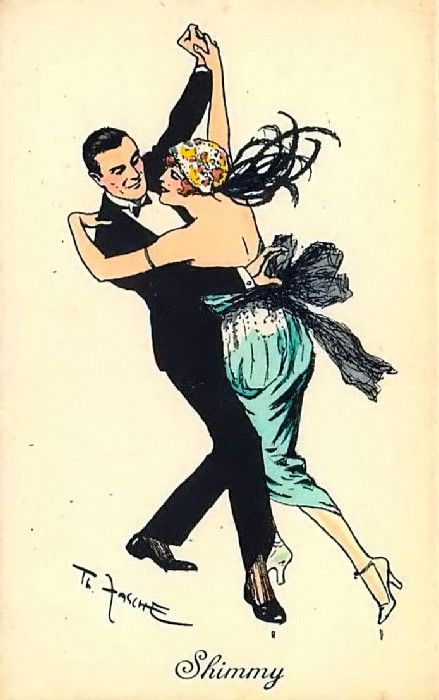How much money do burlesque dancers make
Watch How This 30-Year-Old Burlesque Dancer Living In NYC Spends Her $50K Income | Honest Accounts
I'm 30 years old, living in New York City,
I work as a burlesque dancer, and I make $50,000 a year.
I have about $14,000 in savings.
After taxes, my take home is $3,333 a month.
$1,495 a month goes to rent, $270 goes to motorcycle
payments and insurance, $150 on average on utilities,
$20 a month on monthly subscriptions.
That leaves about $1,398 a month to spend.
I have zero dollars in credit card debt,
and $45,000 in student loans.
I've been performing and producing
for about four and a half years.
So burlesque is a classic striptease.
It's very glamorous, there are a lot of rhinestones
and feathers but it's more about the tease
than just taking your clothes off,
it's more of a performance.
I have a background in ballroom and Latin dancing,
I'd been doing that since high school,
and I happened to take a burlesque class
with my sister, just an intro class
and it kind of was everything that I loved.
It included costuming which I've always done,
sewing and I've always been crafty,
and dancing and performance.
So the payment I receive per night varies
from $100 to $500.
If I'm producing the show then I make the profits
from the ticket sales after I pay everyone,
but if I'm just hired as a burlesque performer
for someone else's event, it's like a flat rate
and then you'll get tips on top of that.
If you split them from like a tip bucket,
it's like $30 but if I dance in like a go go set
where you dance in between acts of a show,
then people come to you and tip,
so I've had people that tipped $100
during like a few songs just from one person.
You get paid more if it's a corporate event
rather than just like a show in a bar,
and for those you'll have to leave on your bra
and wear like a full underwear and it's funny
because it's like, is this even really what you want
[laughs] to have here?
Here's my last statement.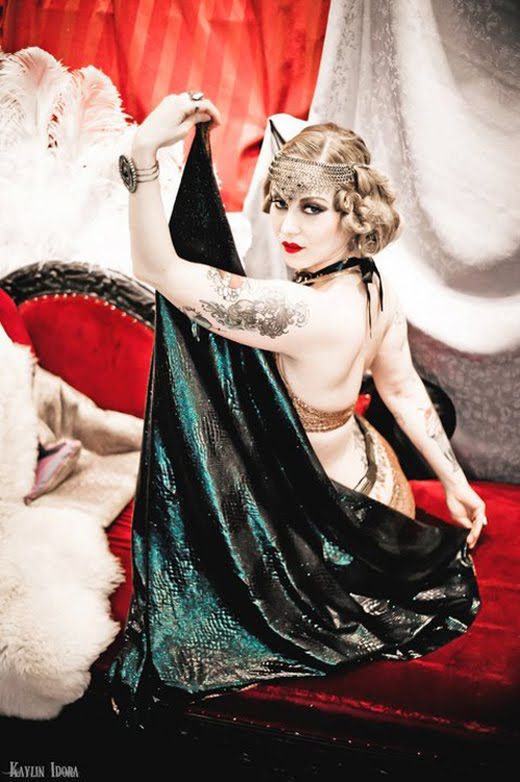
Venmo payment, $77.
I believe that is for a new costume I'm commissioning.
Other designers take Venmo or PayPal deposits at least
to start work on a custom costume piece.
I have about 15 costumes.
I'd say a costume costs on average about $500 to $800?
This one came from the song I'm going to use,
the song is called The Girl on Death Row
so I wanted to do kind of like an avant garde,
vintage prisoner gown [laughs]
so it'll be black and white, horizontal stripes
and then black undergarments.
My guilty pleasure when it comes to spending
is definitely costumes.
The funny thing about burlesque is that you spend
so much on each costume that you have to do
so many shows to pay that costume off,
but at the same time that's how you're booked
and your reputation as a professional
is also linked to like your costumes
and how versatile they are for all different
kinds of gigs.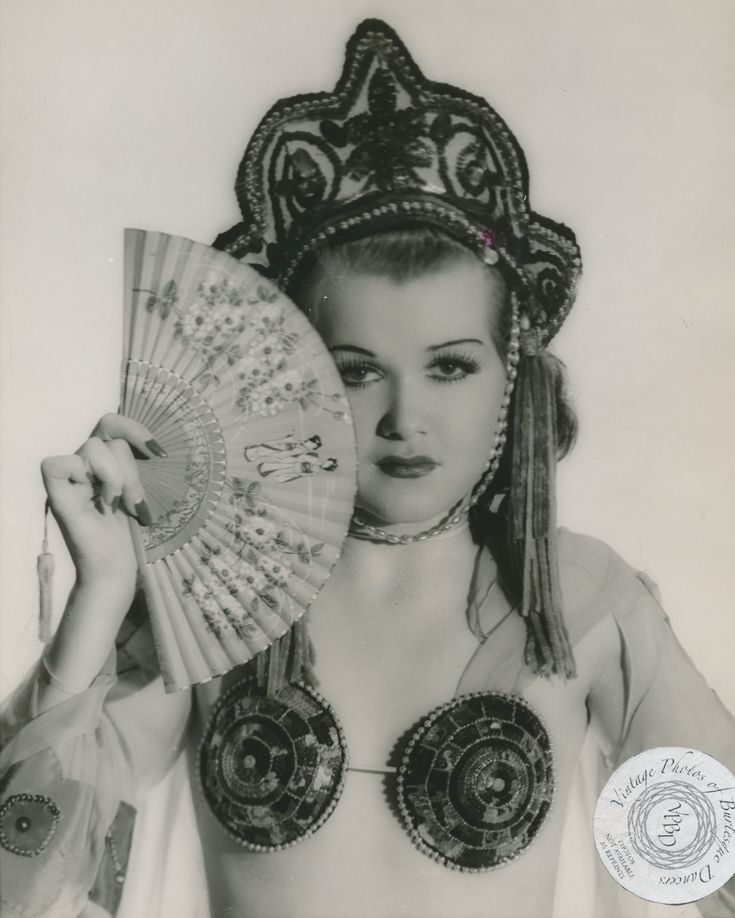
It's a lot of performers that also design on the side
so they know what zippers need to be where
to easily take things off.
Remote online deposit, $250.
My family owns a couple of restaurants in Wilmington,
North Carolina, I do their social media.
Square, $241, Square $204,
Square, $154, those are all tickets for shows.
I have been producing a show in Memphis
for the last six months that just ended.
I was splitting my time between Memphis and New York
so the show that took place there
was every Thursday, Friday, and Saturday
and then I would come back and spend Sunday,
Monday, Tuesday, Wednesday morning in New York.
People would pay at the door and use my Square reader
so that goes directly into my account each week.
Venmo cashout, $165, those are tips from the show.
Instead of just taking cash in a tip bucket,
I started putting my Venmo account on tip envelopes
so people could pay cash or use Venmo
if they didn't have cash on them,
just another way to get tips.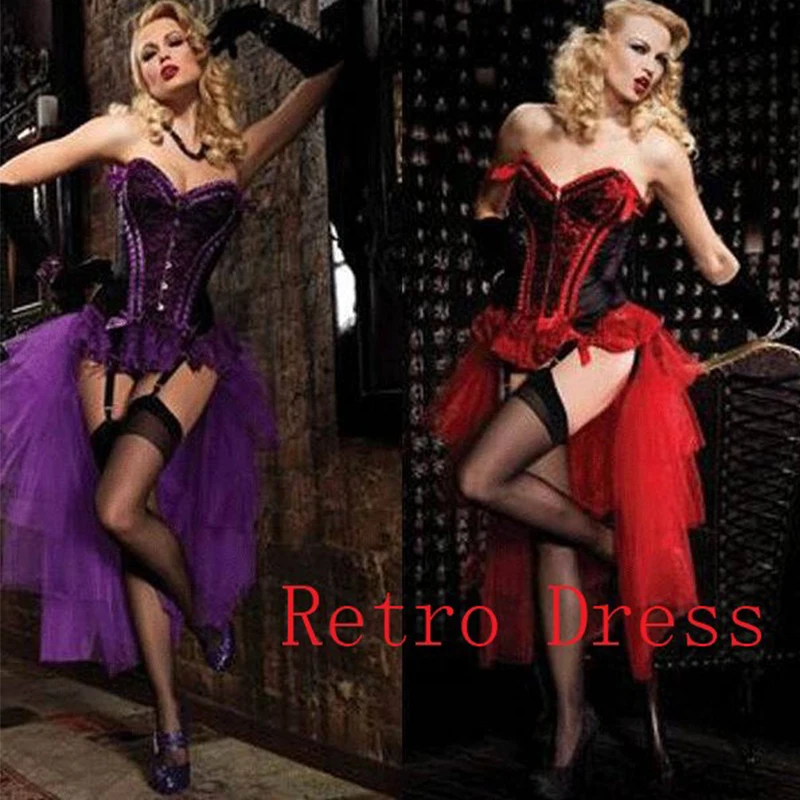
Harley Davidson bill pay, $204,
so that is paying off my motorcycle that I bought in 2016.
I worked there for one summer so I had
the employee rate.
I think it was like a $13,000 motorcycle
and I got it for $11,000.
I had never been on a motorcycle,
just on the back maybe twice in my life.
So I took the course in order to get my license
to see if I would like it and in that time,
it became part of my whole identity.
Last summer I went from New York to San Francisco
and I booked shows all along the way,
so it's like a way for me to tour now
and I put two costumes in my saddlebags
and like just go for thousands of miles.
[laughs]
26 Stars, bill.com, $200, that is a payment
for performing at Lavo New York.
Groupon, $118, I set up a Groupon deal for my show
in Memphis and those are cash outs from that.
PayPal transfer, $300.
In my PayPal account the ticket sales
through Eventbrite are just kept in that balance
and that was payment to a performer.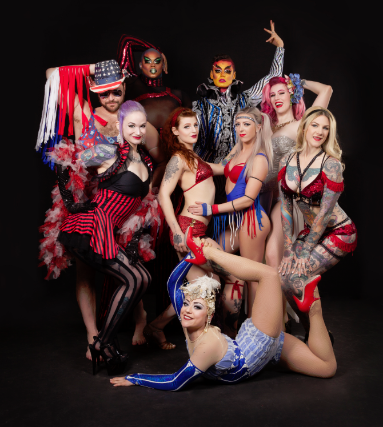
PayPal Instant Transfer Vonesper Studios, $150
so that is a videographer here in New York
that I work with a lot to make promotional videos.
Lydia Fashion of New York, $205.
That is a gown that I bought to wear in a wedding.
Knifebird Wine Bar, $48, that is a wine bar in Memphis.
I went there and paid the tab when my mom came to visit.
Not everyone has a supportive family in burlesque,
but my parents are like really proud.
My mom is very much like a stage mom
and she helps make many of my costumes.
My mom made this actually, it was a larger dress
that she resized and then put a zipper
so it's easy to take off onstage,
and my dad has seen several shows too,
he's a performer also.
So they love it.
PayPal transfer, New York Burlesque Festival for $15.
I applied to be in the New York Burlesque Festival
so that was like an application fee.
I didn't get in this year [chuckles].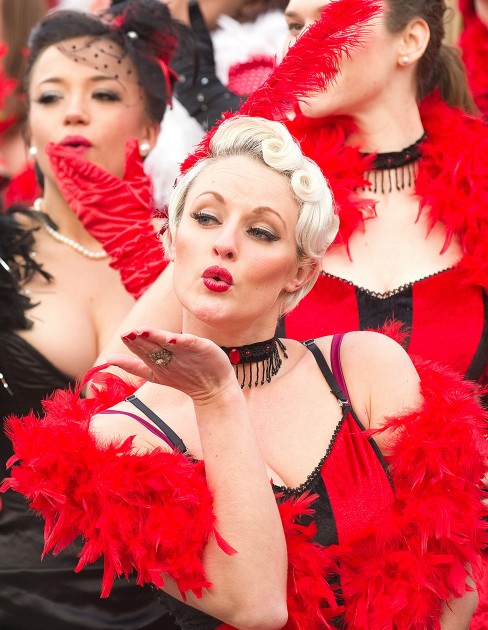
Western Stage Props, $94.
So that is a prop that I'm learning a new skill,
it's the bullwhip cracking,
so I'll be learning how to do that as like
a little gimmicky talent in my shows.
The Cove, $12, that's one of my favorite bars in Memphis.
Venmo cashout $140, that is tips from shows
and then also I book go go dancers for a bar,
Pinks, here in Manhattan, so they pay me
via Venmo for that.
Lyft $13, Lyft $11, Lyft $13.
I hate to see how many Lyft and Uber rides I take.
The next is Dairyland for $61,
that's my motorcycle insurance monthly payment.
Change Point Laundry, that's two dollars,
Change Point Laundry, one dollar,
so that was my laundry machine in my building in Memphis.
I wanted to make a show that was like something
that didn't exist in Memphis before with the live band,
with local musicians and then nationally known
burlesque performers, so I had to house
the burlesque performers that were coming in
from all over the country as part of their arrangement
for performing in the show.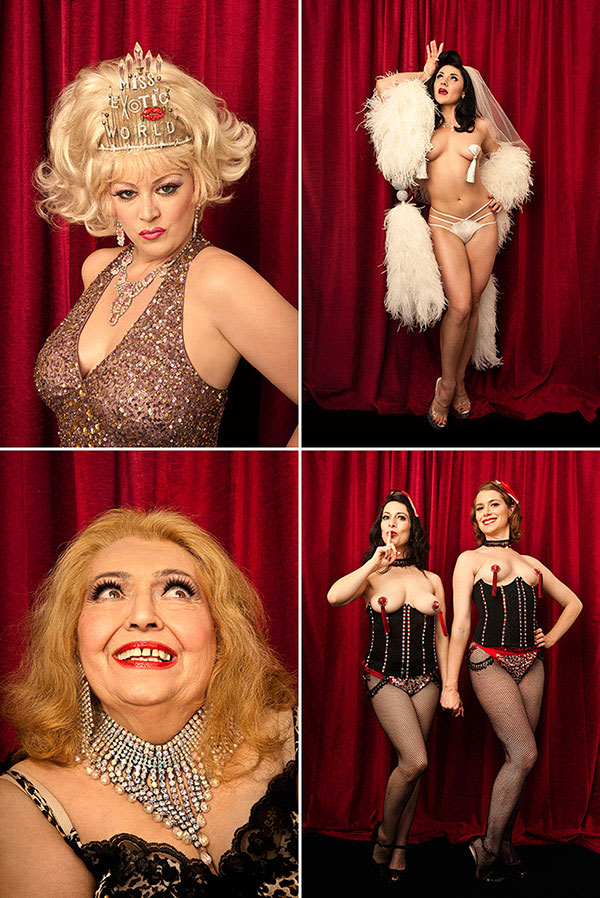
I had an apartment where the other performers
from out of town would come and stay,
so I did so much laundry of all the sheets
in the apartment, so there are a lot
of laundry charges.
General Nutrition Center, $44.
So I eat a lot of Quest Bars for breakfast
and dinner sometimes.
I don't like to eat a lot before a show
because there's nowhere to hide
when you take all your clothes off,
so yeah, I have a recurring payment
where they send two boxes of s'mores Quest Bars
to my house.
Planet Fitness, $20, that's my gym membership.
It was great because it's a national membership
if you pay a little more so it's $20
and there are locations in Memphis where I was
and in New York where I split my time.
Venmo payment, $100, Venmo payment $75,
so those Venmo payments are paying musicians
that play live music during our burlesque show
that we will dance to.
It's kind of like hot jazz and swing.
Amazon Marketplace, $13, that was for pasty tape.
I get double-sided tape that you use
for like garments to use for my pasties
to make sure they stay on, so I go through
a lot of that and I have it delivered on Amazon.
Okay, Duane Reed, $63.
I think I was just stocking up on shampoo
and conditioner and convenience store things.
Seamless Loving Hut, $49, that's a place in Brooklyn.
In the last five months I didn't have the day off,
I would arrive in New York and get Seamless lunch somewhere
and then have shows each night and then taking
a late flight back to Memphis so there wasn't
a lot of cooking, it was, you know, just eating out.
Venmo payment, $215.
So during this time, I had a substitute host
at the show in Memphis and she wanted to be paid via Venmo,
so that's what that is.
Kroger $53, they have a big, nice grocery store in Memphis.
I bought food for the week,
I would keep snacks in the apartment
for the other performers and myself.
I mostly get produce, vegetables and hummus
and fruit and just kind of put it on a plate.
I don't usually cook.
Old Navy $37, I bought a dress and a couple tee shirts
because it was really hot in Memphis this summer.
Charles Miller, MD, $100.
Charles Miller, hmm.
Oh, okay, yes.
I was considering getting LASIK eye surgery
and that was a deposit for that.
You know, the funny thing about that is
I really want to do it, it's such a hassle
with glasses and contacts, but the requirement
for surgery was for two weeks after you're operated on,
you can't wear makeup, so as silly as it sounds,
that was like a dealbreaker for me
because that means two weeks off of work.
Wearing heavy makeup and eyelash glue
and everything on my eyes is job requirement
[laughs] for me, so I wasn't able to get LASIK
because I couldn't wear makeup for two weeks.
And the people in the office thought it was so funny
that that would be what kept me from getting it
but it is certainly a job requirement,
so I have to really figure out when I can
take two weeks off.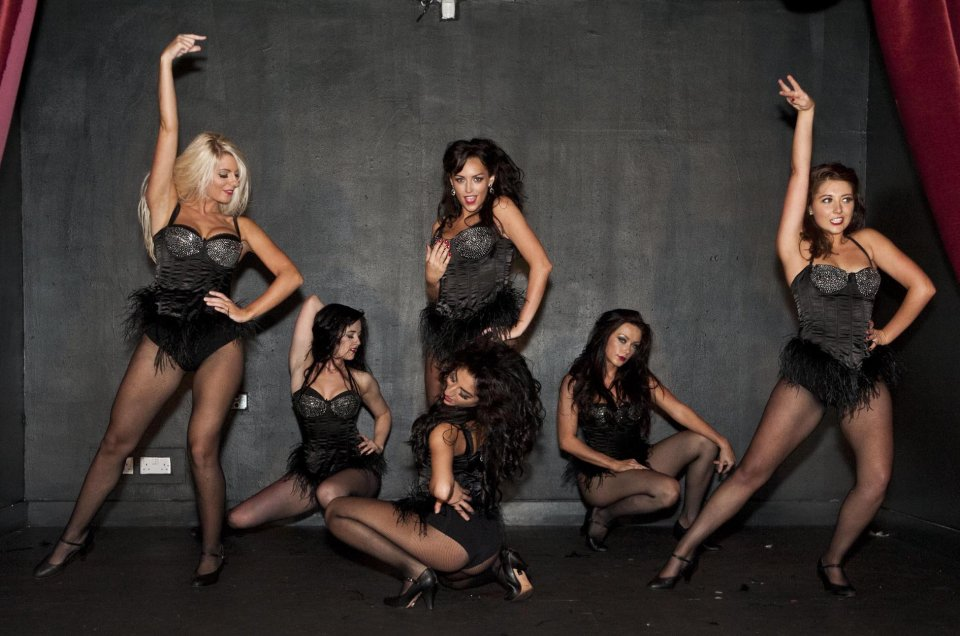
I would say my advice for women looking
to get into burlesque is to go to shows
and introduce yourself to producers.
Take classes at the New York School of Burlesque,
that's how I started, and just go to shows
and support burlesque that's already happening.
I think people are surprised to hear that there's such
a business side of burlesque, especially
as a full-time burlesque performer.
You have to really hustle and it's not just
a hobby for me and a lot of people it is
and that's fine but if you're trying
to make it a full-time job, you have to really
utilize your business sense to make any money from it..
Get Paid. Stop Working for Free! – 21st Century Burlesque Magazine
It all started when I received yet another message from a newer performer wanting to get out there in the scene, wanting to do festivals, wanting to headline. Then I wait for it: again they are performing for free because they want the stage time and they want to make friends and influence people. They just want to be a part of something – a sparkly something that makes our hearts feel good and allows us to shake and quake in front of (usually) appreciative people.
They just want to be a part of something – a sparkly something that makes our hearts feel good and allows us to shake and quake in front of (usually) appreciative people.
I appreciate ambition and drive, I really do, but I desperately want all of these women to know that in order to make sure that headlining spots and paid spots are even available to them in the future, they need to STOP WORKING FOR FREE. Just stop it.
Our art form has been around for over a hundred years. That’s long enough to know it’s worth something. Shit, women have been stripping longer than that with some sort of compensation/exchange. So first, we all need to acknowledge that our stripping bodies are worth compensation. Secondly, we need to ask ourselves – if we are not getting paid, who is making money off my artfully exposed body?
“You just artfully took off your clothes … rehearsed, hauled your shit to a venue, put on makeup and showed your soul for NO MONEY, and either the producers or the venue (or both) are getting what you earned for them.
 ”
”There are all types of shows: big fancy shows, bar shows, private gigs, newbie showcases, icon soirees, you name it. And in my big fuzzy dreamland, all of these shows PAY. But until we ALL decide that working for free causes more harm than good this is going to remain a dream.
Here are my quick, bullet-point thoughts about this subject, taken from my twitter ranting:
– When you perform for free you tell producers and venues that you don’t value your art.
– When you perform for free you tell producers that they can require others to work for free.
– When you perform for free you tell producers and venues not to value this art.
– When you work for free instead of inquiring about pay you drive down the pay for career performers.
– When you work for free now, hoping to get paid later you are missing the point that now the producer knows you work for free.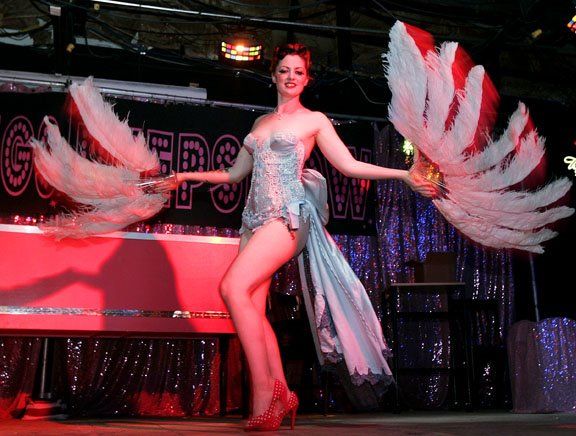
– When you work for free or very low/way below an average pay, other producers pay attention to this. Some will abuse this (shitty producers making money off of you) and some will be horrified (as usually they are performers too). I know – I’m in the horrified camp. If I know that you have undercut another performer or work for free, I either don’t hire you, or I stop hiring you.
Value this art form if not your own contribution to it. Don’t perform burlesque for free.
– Value yourselves and value producers trying to create viable business models. You might not get paid a ton, but get paid something.
– What you will allow is what will continue.
– If you are complaining about the pay rate and you are also working for free, you are a part of the problem.
– Being entertaining is worth compensation. Venues make money off you when you are entertaining.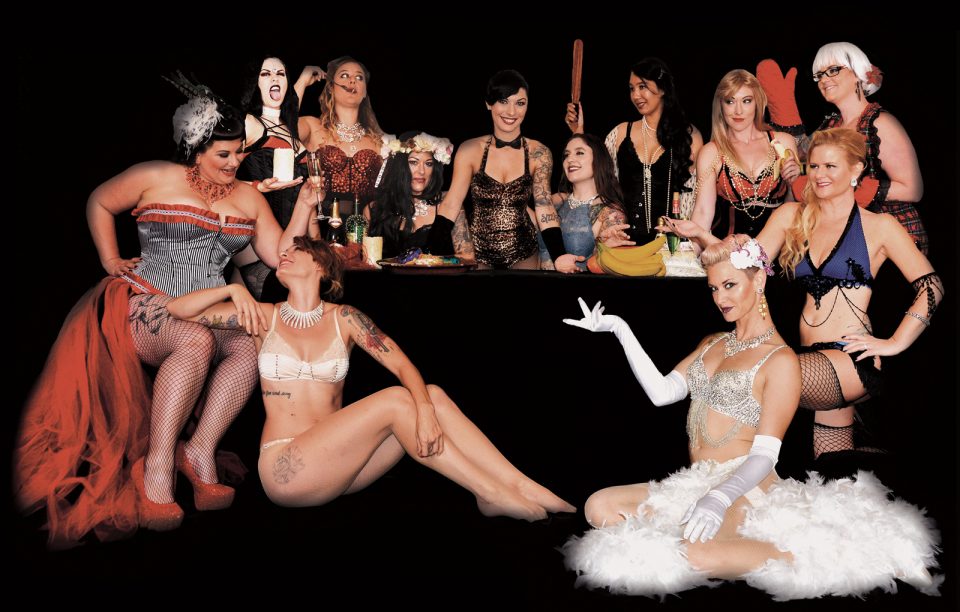 So get paid something!
So get paid something!
– Be willing to walk away! Be willing to say no! Be willing to speak up for yourself! Compliments and bar tabs aren’t sustainable.
– Either someone’s making $ off you or they are doing bad business. I get that pay in this industry can be low – but stop stripping for FREE.
– If you are a performer that has a day job, please remember that you are still contributing to a scene that needs its performers to get paid. You might not get your money from performing, but others do.
– Stop performing for free unless it’s a worthwhile charity event. For fucks sake, someone is making $ off your stripping body!
Here’s the deal – I get it. The economy, blah blah blah. People don’t value live entertainment as much, rant rant rant. I feel you, I do. I perform in NYC and I see it. I hear stories and talk to other performers. Entertainment is changing. But it always has.
All of us performers – seasoned and new – want to work. I want to work. I want to be performing ALL THE TIME. I want to be creating new acts ALL THE TIME. I want to be a naked dancing lady burlesque machine. I get it. So do a lot of you. It’s agonising when you miss the stage, when you don’t have gigs on your books, and then someone offers you a ‘charity’ event or a ‘for exposure’ event, or a friend ‘calls in a favour’…
We have all done these events. Anyone that says that they haven’t are telling you a sexy lie. But what I suggest is that you make these events a 1% of your experience. Charities will often write you a tax writeoff (at least the charities worth their salt) which can be like getting paid. Without fail always ask for compensation first, and then assess the situation. I know you’ve got bills to pay. I know that you might have to take something lower than your usual fee because you have extra expenses this month.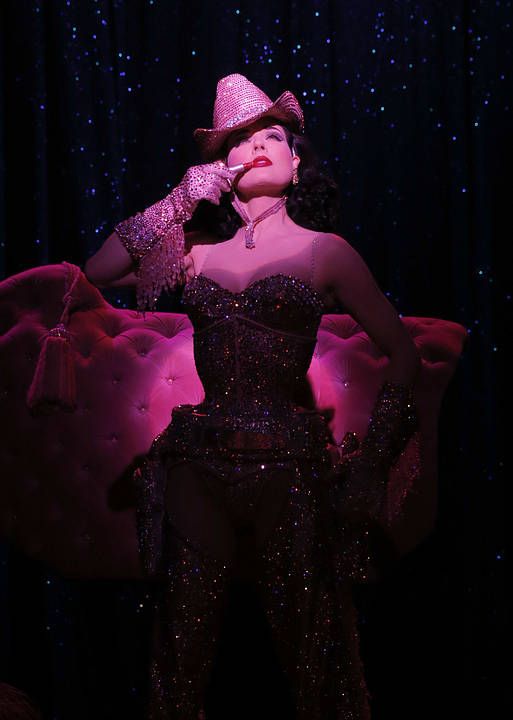 Some of you don’t even call this a job because during the day you are badass Nancy in accounting, or ferocious Jill the lawyer. But please really think about it. Don’t settle for FREE.
Some of you don’t even call this a job because during the day you are badass Nancy in accounting, or ferocious Jill the lawyer. But please really think about it. Don’t settle for FREE.
Ask yourself, where is the money going? You just artfully took off your clothes for NO MONEY. You rehearsed, hauled your shit to a venue, put on makeup and showed your soul for no money, and either the producers or the venue (or both) are getting what you earned for them. Something is fishy…
Almost ten years ago I started in this scene and though I didn’t get paid much, I still got paid. The agonisingly funny thing is that what I got paid ten years ago is what the average in NYC and Seattle is right now. Ten years is plenty of time to try to push the status quo, but no matter where I’ve visited and who I’ve talked to, they fear producers not booking them when they refuse to work for so little or for free. I say no to a lot of gigs. They pay too low. I know what I ask for isn’t unreasonable. I’m paying attention to the averages, and I’m not trying to break an average shows budget.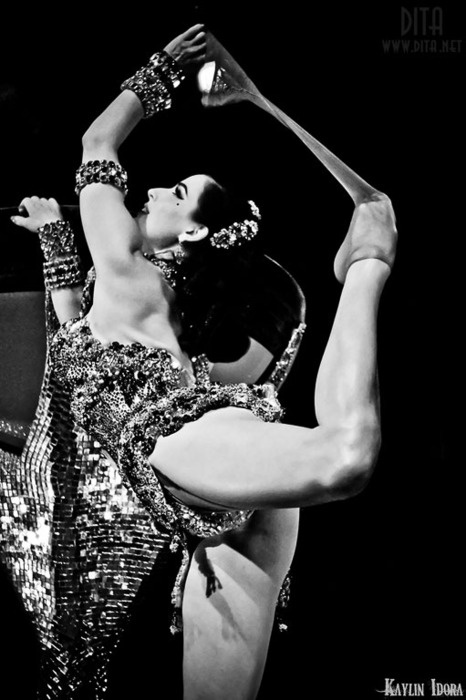 But I do know my line. And until we ALL start to say ‘no’ more and stand up for ourselves in business the rate won’t increase. Producers won’t try to do better – why should they? Until we decide that we want our sisters and brothers in this business to make more money more than we want to ‘win’ at getting gigs, there won’t be a change.
But I do know my line. And until we ALL start to say ‘no’ more and stand up for ourselves in business the rate won’t increase. Producers won’t try to do better – why should they? Until we decide that we want our sisters and brothers in this business to make more money more than we want to ‘win’ at getting gigs, there won’t be a change.
I know there’s not going to be a big prayer circle where we all show up and talk about our feelings and agree to try to increase the wage in our towns. I’m not insane – I know that there’s always going to be people willing to work for free. Girls Gone Wild proved this years ago. I’m not even suggesting an average pay rate in your city – I know that with the varying levels of skill and hustle this is also an issue.
What I’m suggesting is this:
See Also
1. YOU start not working for free. Just start there.
2. Then sit down and decide for YOU what’s worth it to leave your house rolling bags full of hundreds of dollars of gear and hours of practice under your belt and do your ever lovin’ best to stick to it. You can even discuss this with your peers.
3. Talk to your peers about pay. Find out how much they are getting paid and suggest to them that they also not work for free. START TALKING ABOUT MONEY. Money is not scary. Money is awesome and it pays bills.
4. Work with producers that are trying to build sustainable business models.
5. Work with producers that offer guarantees. I couldn’t possibly say what’s worth it to you, but just a guarantee. Ask producers for a guarantee. Encourage them to offer an guarantee.
6. As you grow as a performer keep reevaluating your fee and start pushing back. Give yourself a desired wage increase every once in a while.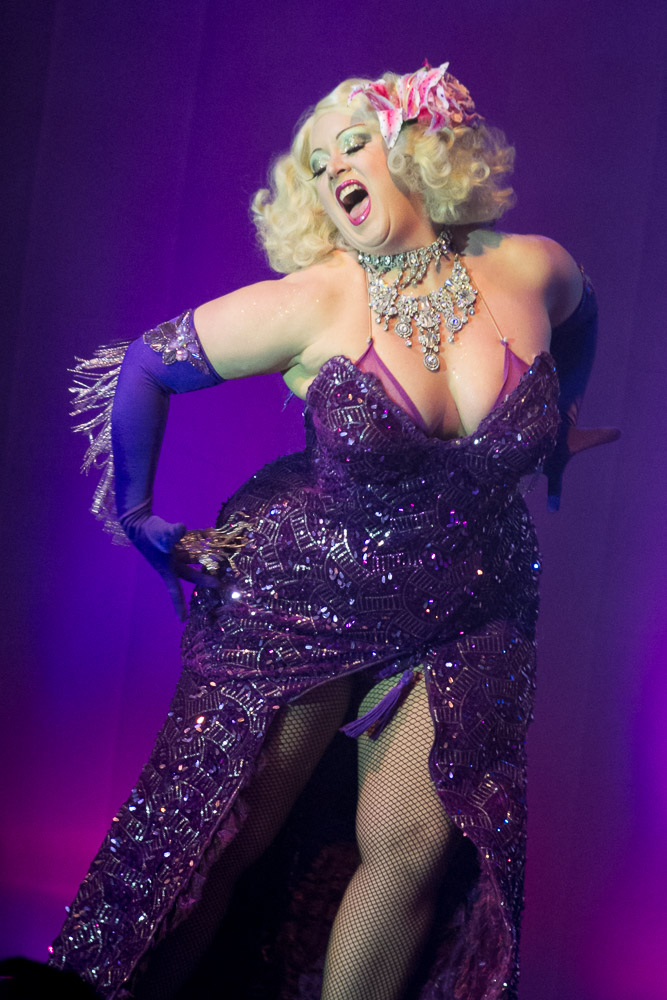
7. Learn to say NO. Learn to stick to your guns. Encourage your peers to do the same. Feel good walking away from a deal that doesn’t value your work.
8. Never be afraid to negotiate. ‘What pay can you offer me?’ ‘Well, for that fee I can do this act instead of this act.’
9. If they want YOU and they are close to the rate they quoted you, they will try to negotiate with you. You can offer to negotiate with them. I know some shows even save up for who they want. If it’s worth it to you, be a performer that they want to save up for.
NOTE: In this post I am not going to go into the festival model. There’s a lot of thoughts, and it deserves a lot more attention than I have right now. For now I am talking about your basic shows, the ones that happen weekly, monthly, in bars, in hotels, at theatres, all of that.
This art form deserves better. I know I want to give her my all in helping to create something sustainable, and something that has perceived value to venues and producers.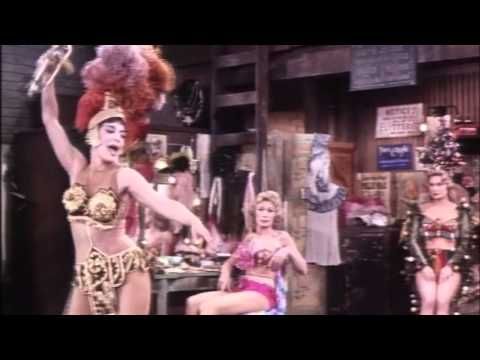 This is something that’s not even unique to burlesque – it’s all the performing arts. Many years ago many performers called this their career. And from there it was chipped away and undercut in various ways – undercutting, b-girls, blue films – but I still have faith we can create something better than what we have right now. Bit by bit we can make a difference. One fancy stripping person at a time.
This is something that’s not even unique to burlesque – it’s all the performing arts. Many years ago many performers called this their career. And from there it was chipped away and undercut in various ways – undercutting, b-girls, blue films – but I still have faith we can create something better than what we have right now. Bit by bit we can make a difference. One fancy stripping person at a time.
Just do your best to get paid, okay? Let’s start there. Stop working for free.
Sydni Deveraux
More from Sydni Deveraux
Stripper Talk with Sydni Deveraux: Bullies in Burlesque
Stripper Talk with Sydni Deveraux: Unwelcome Criticism
Stripper Talk with Sydni Deveraux: Un-Booking Bad Burlesque Behaviour
Sign Up to receive notifications about new articles and burlesque news straight to your inbox!
What does Dita Von Teese eat?
I always have a few meals, such as eggs, avocados and millet bread . I love toasted gluten-free bread with avocado and truffle or smoked sea salt. I like to pour broth over eggs or cook them in molds with sautéed mushrooms and herbs. I also always have green smoothie ingredients on hand.
I love toasted gluten-free bread with avocado and truffle or smoked sea salt. I like to pour broth over eggs or cook them in molds with sautéed mushrooms and herbs. I also always have green smoothie ingredients on hand.
Moreover, what makeup does Dita Von Teese use?
Dita Von Teese loves her ART DECO Makeup line: Face Fatale compact powder, Vermillion or Dame lip liner, Velvet-matte lipsticks in Parlez-Vous? & Muse Red, Beauty Sleep Concealer Concealer (plus Mason Pearson Mini Brush). Find this Pin and more on All things Make-up by Girl With Lots Of Pearls.
How does Dita stay in shape? Dita doesn't believe in dieting, instead she has a set of "disciplines" in place to keep her healthy. She told Vogue in 2014 that she likes to start her day with "a large glass of water, preferably with a fresh lemon," after seven to nine hours of good sleep.
By the way, does Dita Von Teese have tattoos?
Dita Von Teese will never have a tattoo .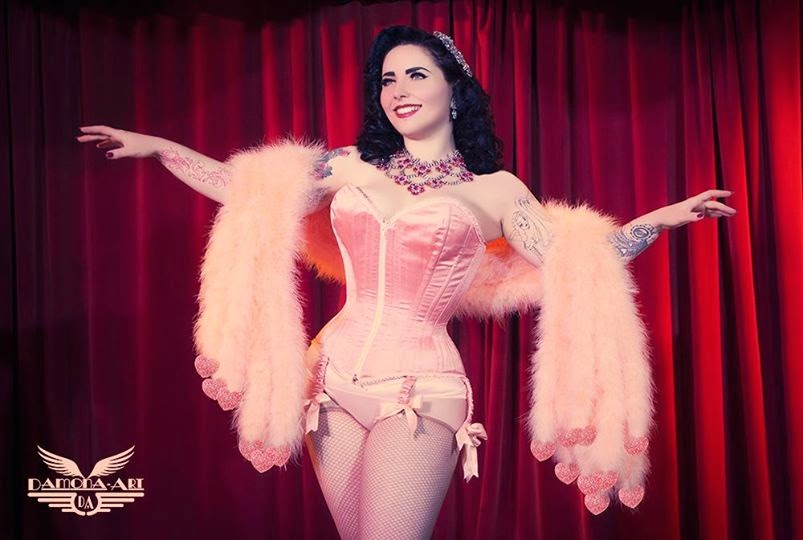 … Although the burlesque dancer who was once married to goth rocker Marilyn Manson is a fan of leather engraving, she has no desire to have a permanent design.
… Although the burlesque dancer who was once married to goth rocker Marilyn Manson is a fan of leather engraving, she has no desire to have a permanent design.
What is the real name of Dita Von Teese?
Dita Von Teese's real name is Heather Rene Sweet and she was born in rural Michigan in 1972, the daughter of a machinist and manicurist. She now lives in a palatial Tudor Revival house 1920s in Los Angeles.
What shade of lipstick does Dita Von Teese wear?
Who is Adam Rajcevich?
Adam, best known as the boyfriend of famous burlesque dancer and celebrity Dita Von Teese , has kept his personal life a closely guarded secret from media attention. As for his profile, he has practically no data on the network. He was not found on any social networks, including Instagram.
How did Dita Von Teese become famous?
Since its founding in 1992, Von Teese has been making appearances. in magazines from Playboy to Vogue , launched her own clothing line and makeup collection, wrote a New York Times bestselling book, and was married to goth rocker Marilyn Manson (more on that later).
in magazines from Playboy to Vogue , launched her own clothing line and makeup collection, wrote a New York Times bestselling book, and was married to goth rocker Marilyn Manson (more on that later).
What does a burlesque dancer do?
What is burlesque dance? … The word "burlesque" comes from the Italian word "burla", which means joke - or comedy when it comes to this form of dance. Burlesque dancers intend to cause laughter in the audience . They usually do this by putting on lewd or parody comedy performances.
What is Dita's documentation?
DITA XML is a structured content form optimized for quickly creating, reusing, translating and publishing documentation using themes and maps. DITA XML is also an open standard maintained by the community.
Who is the most famous burlesque dancer?
In honor of this event, we look back at the woman Eleanor Roosevelt once greeted with obscene words: "May your naked ass always shine!" It will be the world's most famous burlesque dancer, the one who pioneered the art form in its early days - Gypsy Rose Lee .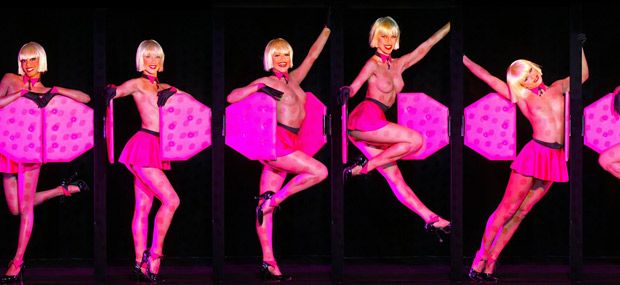
How does Dita Von Teese style her hair?
How big is Dita Von Teese's waist?
Dita Von Teese says her dress size can vary depending on her load. The burlesque artist is known for her passion for vintage clothing and has been wearing corsets since she was 18. The 40-year-old star boasts 22-inch waist and, as you know, even the corset was a tiny 16 inches.
Does Dita Von Teese have children?
With her partner Christophe Licata, she rocks on the set of the show. As Gala magazine explained, Dita Von Teese decided not to have children . She was married to singer Marilyn Manson from 2005 to 2007, but the couple formalized their relationship in 2001.
What is a burlesque dancer?
What is burlesque dance? … The word "burlesque" comes from the Italian word "burla", which means joke - or comedy when it comes to this form of dance. Burlesque dancers intend to cause laughter in the audience . They usually do this by putting on lewd or parody comedy performances.
See also
What is the purpose of burlesque?
Burlesque is a literary, dramatic or musical work intended to provoke laughter by caricaturing the manner or spirit of serious works or by treating their subjects in a ludicrous manner . The word comes from the Italian burlesco, which, in turn, comes from the Italian burla - a joke, mockery or mockery.
How does a burlesque dance pay?
The wages of burlesque dancers in the US range from $90,005 $16,640 to $68,640 with an average salary of $29,120.50. The middle 29.120% of burlesque dancers earn $75,68,640 while the top 29.120% earn $68,640.
Is burlesque dancing appropriate?
The MPAA has rated Burlesque PG-13 for sexual content, including several obscene dance routines, partial nudity, language, and some related material.
Do burlesque dancers get tips?
Many burlesque reviews allow you to directly tip the performer. , it can bring a smile or even a kiss on the cheek. However, be aware that some burlesque shows may not tip directly. … That being said, don't come up to the stage to tip unless the host says it's okay.
, it can bring a smile or even a kiss on the cheek. However, be aware that some burlesque shows may not tip directly. … That being said, don't come up to the stage to tip unless the host says it's okay.
How much money does a burlesque dancer make?
The wages of burlesque dancers in the USA range from $16,640 to $68,640 with an average salary of $29,120.50. The middle 29.120% of burlesque dancers earn $75,68,640 while the top 29.120% earn $68,640.
What is a DITA mapping?
DITA cards documents that organize topics and other resources into structured collections of information . DITA cards define the hierarchy and relationships between topics; they also provide the context in which keys are defined and resolved. … DITA cards impose an architecture on a set of topics.
What is the DITA concept?
The Darwin Information Typing Architecture (DITA) specification defines a set of document types for creating and organizing topical information as well as a set of mechanisms for combining, extending, and restricting document types.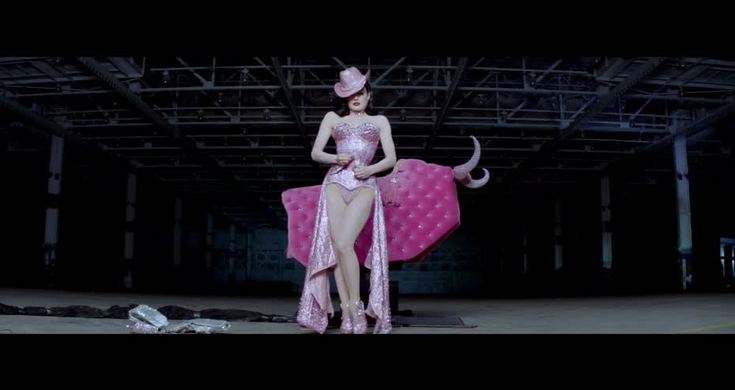
What is the difference between XML and DITA?
The real difference between DITA and XML applications like DocBook: DITA emphasizes modularity, reusability and interoperability , resulting in a completely different architecture compared to more traditional XML applications for published documents.
Striptease vs Burlesque - difference between - Life
Video: WORKING IN A STRIPTEASE CLUB divorce of men, the secrets of the club, how much you can earnContents
- Definitions
- Comparison table
- Striptease versus burlesque
Due to the fact that in recent years burlesque has become more and more popular, sometimes one question: what is the difference between burlesque and regular striptease. This article will help explain the differences between them.
Definitions
Stripping refers to a performer known as a stripper or exotic dancer who takes off her clothes during a performance, usually for money. Exotic dancers can be male or female. Exotic dancers work in establishments known as strip clubs, where they are paid for their performances by both their employers at the establishment and tips given to them by the patrons of the strip clubs. These dances are performed to excite the audience of performances. Stripping can involve physically demanding and acrobatic moves, often performed on a rigid stand set up on stage for the performer.
Burlesque is a form of performance that combines elements of theatre, comedy, satire, music and adult entertainment. Burlesque performers are known as burlesque dancers and may be male or female, but are most commonly female. Burlesque originally began as a form of literature or theater that satirized serious works by referring to them in a ludicrous manner, but later evolved into the stage performance that today most often refers to the word burlesque. Burlesque dancers are known to dress in elaborate costumes that are removed during the performance, and burlesque performances will have comedy routines or various routines throughout the performance.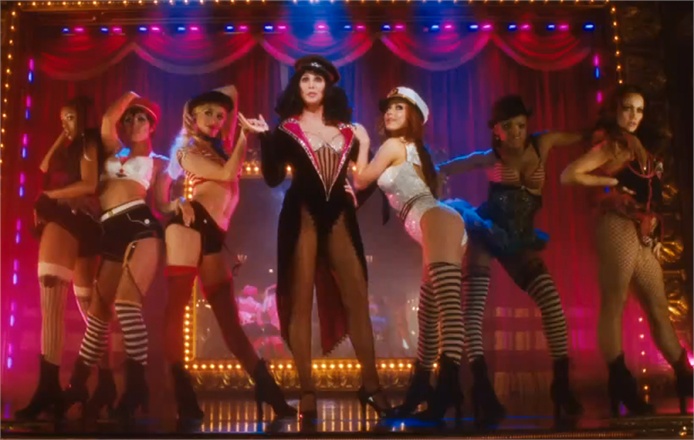
Comparison Chart
| Cleanup | Burlesque |
| Origins in literature, satire and ridicule of social rules and conventions through performance. | |
| Intention is usually related to money or physical efficiency. | This is usually done for artistic purposes and the performance itself. |
| Exotic dancers work in striptease clubs. | Burlesque dancers perform on stage at independent events and usually do not work in certain venues. |
| The focus of undressing is on the physical movement and the act of undressing. | The focus on burlesque is not only the physical act of the burlesque dance itself, but also the humor of a wider performance. |
Striptease vs Burlesque
What is the difference between striptease and burlesque? They are the source of every talk, the purpose of every talk, and the elements of every talk.
True, burlesque and stripping began the same way. The original burlesque dancers of the early to mid-1900s are sometimes referred to as the original strippers, and the pole used during stripping is known as the burlesque pole. However, burlesque has its origins in literature and satire; Burlesque was originally meant to mock certain social conventions and events, and contemporary burlesque performances reflect this. On the other hand, striptease has never had a broader meaning other than the stripping of clothes by an exotic dancer.
Where striptease is about money and physical performance, the intent of burlesque is to represent the larger context of the show in which it appears. Some exotic dancers love their job, so it's not like striptease is done just for the money. but the intent of exotic dancers to undress is most often physical: they show off their bodies and how they can make their bodies move for money. And burlesque dancers intend to entertain the audience in different ways.

